Few things are as basic to our existence—and as polarizing of a topic—as the food we eat. What everyone will agree on, however, is that as the human population grows, we’ll need to produce more food to keep up.
The global population is projected to increase to 9.8 billion in 2050. The World Resources Institute estimates that we will also need to produce 56% more crop calories compared to 2010 production levels.
“There is no question that more food will have to be produced to meet the growing demand,” says Ryan Rakestraw, associate director of investment at Temasek’s San Francisco office.
“But we’re seeing challenges. We’ll have to do so with constrained resources like water and land; where even the people involved in farming are fewer due to increased urbanization.”
In the face of increasing global food demands, how can we ensure that what we eat is produced in a safe, efficient, and sustainable manner? The answer lies in the tech-fueled fourth agricultural revolution.
The current, unsustainable menu
Today, agriculture is one of the largest contributors to climate change, generating about a quarter of total greenhouse gas emissions. Over the past 50 years, emissions from the sector have nearly doubled. And the United Nations Food and Agriculture Organization expects this figure to increase by an additional 30% by 2050.
Global warming and the volatility it creates in weather patterns makes it harder for farmers to sustain their livelihoods, Rakestraw adds. To keep up with the increasing demand for food and to meet crops’ intense requirement for nitrogen, farmers turn to synthetic fertilizers to improve crop yields.
This comes at a weighty environmental cost. Synthetic fertilizers contributes to soil degradation, the increased emission of the heat-trapping gas nitrous oxide, and the formation of hundreds of ocean dead zones—areas devoid of oxygen.
Another challenge that threatens the planet and the fundamental safety of our food supply is the increasingly frequent outbreaks of animal disease.
Take the highly contagious and often fatal Newcastle disease. A recent virulent outbreak in Southern California—the first on US soil since 2003—wiped out over 1.2 million chickens in backyard and commercial poultry farms in the area. There is still no cure for the virus.
“We have to think about being more productive, sustainable, and efficient in the way we are farming and producing food. We are in a situation where we have to do more with less,” says Rakestraw.
Have your food and eat it too
Thankfully, technological developments are heralding the dawn of a new era in food production.
“We are at the beginning of the fourth agricultural revolution,” declares Alberto Weisser, former chairman and CEO of agribusiness Bunge and member of the Temasek Americas Advisory Panel. “This could bring about a dramatic increase in productivity and eco-efficiency in food production,” he adds.
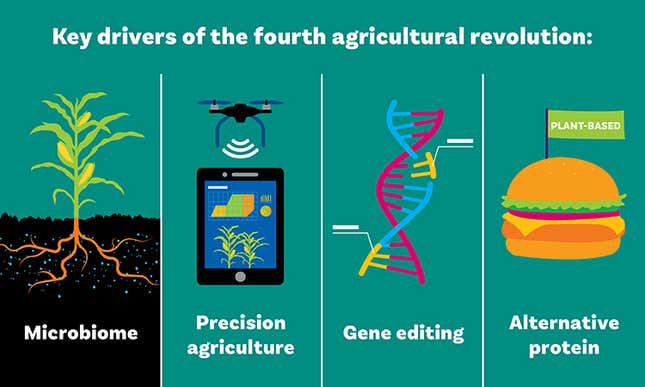
One key trend involves harnessing the power of microbes. On the roots and leaves of plants, microbes help their hosts to consume nutrients in the soil. Synthetic fertilizers, however, disrupt this process.
Weisser says, “Today, we are feeding the plants with [artificially created] nutrients, but a lot of it is wasted; it’s like eating soup with a fork.”
To eliminate the use of synthetic fertilizers in farms, California-based biotechnology company Pivot Bio discovered a way to make full use of the microbes.
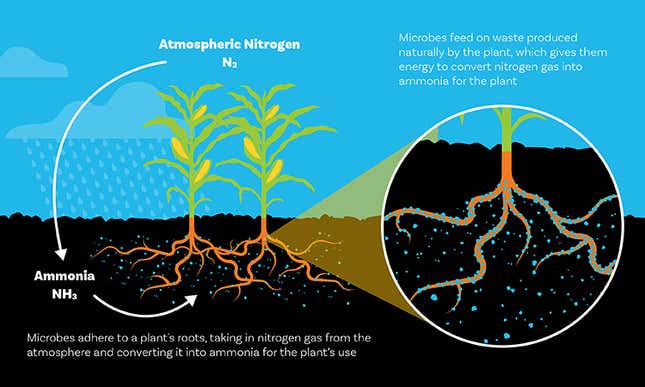
When planted along with seeds in the fields, Pivot Bio’s microbes attach themselves to the plant’s roots. As they grow, the crops are able to take in the nitrogen gas from the atmosphere and convert it into ammonia, a form of nitrogen essential for plant nutrition.
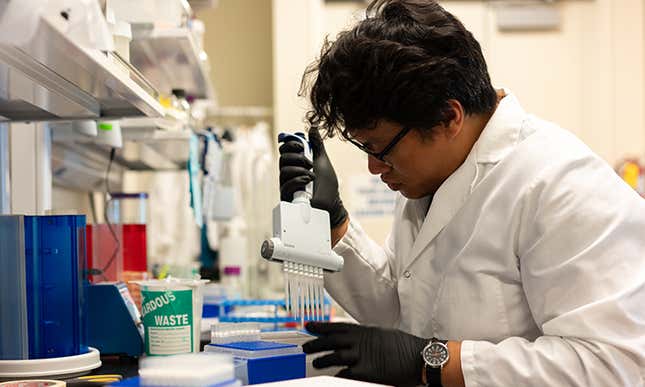
“Everything that’s alive on this planet has a microbiome,” says Pivot Bio CEO and co-founder Karsten Temme. “What we do is we rediscover these microbes, reawaken their capability, and turn that into [a product] that’s easy for a farmer to use. Our microbes can spoon feed a plant its nutrients every day.”
This results in more bountiful crops and much healthier farmland, Temme adds, which translates to more profit for the farmer over the long term.
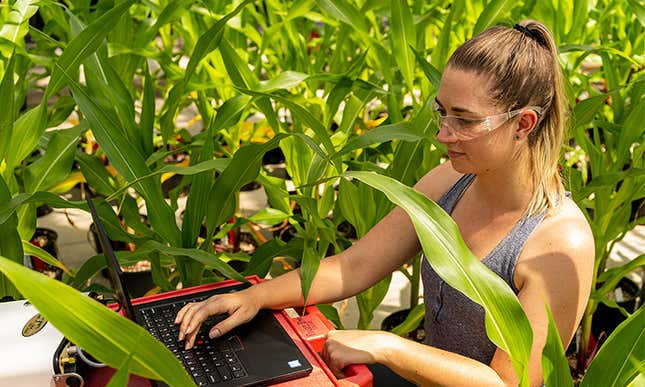
Healthier animals, happier farmers
Beyond crops, the tech-fuelled reinvention of agriculture also helps curb the spread of disease and sickness in livestock.
Global veterinary health company Ceva Santé Animale, for example, has made significant strides in its vaccination methods.
“When you want to prevent a disease, you have to have a good and efficient vaccine. But you [also] need to be sure that the vaccine will be properly [administered to] the animals,” explains Ceva chairman and CEO Dr. Marc Prikazsky.
It’s often tedious for backyard farmers—people who farm on small pieces of land in residential areas—to vaccinate their flocks themselves. In response, the company moves the labor-intensive process of vaccinating chickens from farms to the hatchery, where they can be efficiently and expertly vaccinated either in the egg or as day-old chicks.
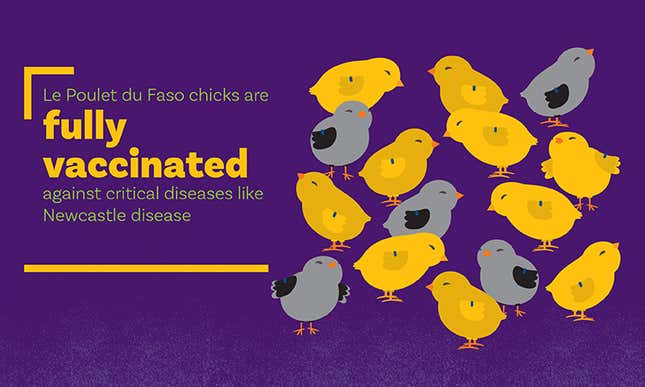
Ceva also empowers backyard farmers in Burkina Faso, West Africa, by cross-breeding the nation’s local roosters with French Sasso hens. Dubbed “Poulet du Faso,” these chickens reach market weight about two months faster than local breeds and are fully vaccinated against virulent diseases, including Newcastle disease from day one.
“For backyard farmers [who have less than 50 chickens], especially in Africa, all it takes is for one chicken to be infected with Newcastle disease and it could wipe out 80% of their flock, creating a severe financial setback,” says Prikazsky. “Our statistics show that farmers rearing Poulet du Faso birds have secured better and more sustainable livelihoods,” he adds with a tinge of pride.
“Meat” the alternative protein
Developments in the food tech space also helps put nutritious food on the table—at minimal cost to the environment.
Instead of traditional plant-based meat alternatives such as tofu and soy, alternative meat products from companies such as Impossible Foods replicate the look, taste, and “mouth-feel” of their meaty cousins.
Compared to the production of a traditional hamburger from cows, making an Impossible Burger patty requires 95% less land, 74% less water—and even results in less greenhouse gas emissions.
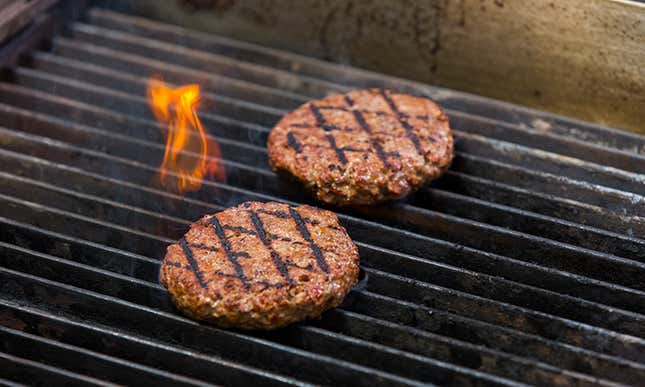
This nascent market is expected to grow rapidly, says financial services company Barclays, and could account for 10% of $1.4 trillion global meat sales over the next decade.
Much of this momentum can be attributed to the changing dietary preferences of millennials and a growing segment of sustainability-conscious consumers.
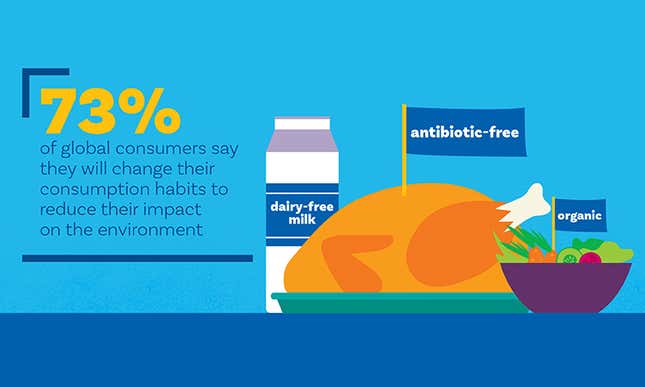
“Consumers today are very interested in their food—how it’s produced, where it’s produced, what’s used in it—to the extent that we’ve never seen before, which is creating change across the agricultural supply system. They are interested in having new, alternative, and sustainable products,” says Rakestraw.
The future of agriculture
While there may be risks involved in developing new technologies or bringing them to market, Rakestraw stresses that such innovations will play a key role in ushering in a brighter future for farmers and food producers—and what ends up on our dinner tables.
“We will continue to work together with our investee companies to help them do what they do best: develop new technologies to produce food more efficiently and more sustainably—and we can all continue to consume and enjoy good, nutritious food for generations to come.”
